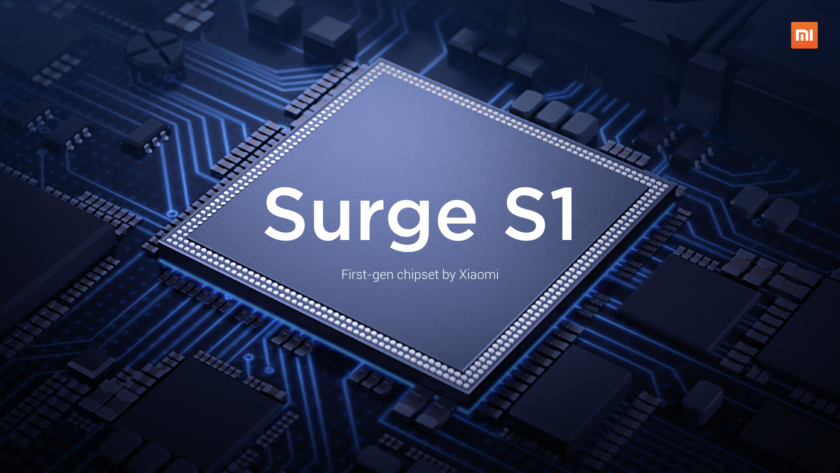Huawei is one of the three smartphone brands in the world that makes its own chipsets, apart from Apple and Samsung. However, with the new sanctions on the company by the United States, Huawei CEO recently revealed that it will stop making flagship Kirin chipsets.
Xiaomi, another Chinese smartphone maker tried making its own chipset — Surge S1 which was launched in 2017. Years after its launch, there’s no follow-up from the company in this segment and we have seen only one smartphone being powered by Surge S1.

This led to many people think that the company has given up on its own chipset plans. However, Xiaomi CEO Lei Jun has confirmed that the company has not given up on its Surge chipset plan and added that he will not disappoint everyone’s expectations.
It remains to be seen what exactly is the company planning in terms of its second smartphone chipset and when it will get launched. Given that Huawei is out of the flagship chipset market, at least for the time being, Xiaomi seems to be in a good position to boost its chipset dreams and could rely on domestic players for this.
EDITOR’S PICK: Xiaomi Mi TV LUX OLED Transparent Edition is the cheapest transparent TV at 49,999 yuan ($7,195)
The Xiaomi Surge S1 was an octa-core chipset that packed four Cortex-A53 cores clocked at 2.2GHz and four Cortex-A53 cores at 1.4GHz. It was built on a 28nm HPC+ process and used ARM Mali-T860 as GPU.
It had 32-bit DSP support, VoLTE, 14-bit dual ISP with support for dual noise optimized night picture improvement. The chipset also included Xiaomi’s own chip-level security that’s upgradeable via OTA, having mechanisms to prevent data leakage.
Soon after the launch of the Surge S1 chipset, Xiaomi had launched the Mi 5C smartphone, making it the only smartphone in the world to come powered by the Surge S1 SoC. Nokia had reportedly partnered with Xiaomi to use the same chipset, but the brand has not launched any devices that use the Surge series of chipsets.
UP NEXT: OPPO patents smartphone with Li-Fi technology that’s much faster than Wi-Fi







